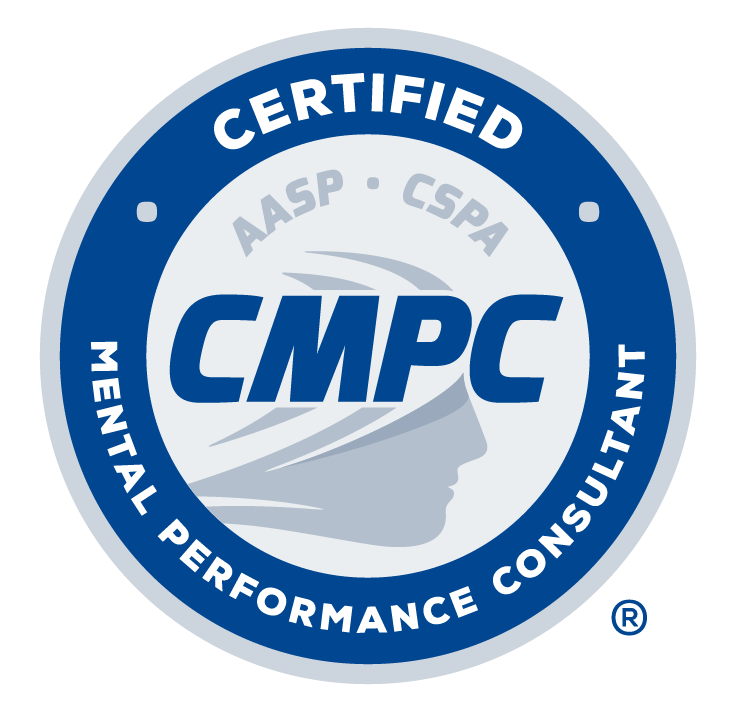Stress Management Tips for Good Health
Aaron C. Moffett, Ph.D.
California State University, San Bernardino
Following simple stress management tips can improve your health. Stress has been related to health problems such as heart attacks, strokes, ulcers, migraines, and sleeping problems or disorders. Everyone experiences stress but it is important to know what causes your stress, how you respond when these things happen, and how you can manage your stress during those difficult times.
Sources of stress
- Determine sources of good stress. There is both good (eustress) and bad (distress) stress. For instance, you may be an individual who enjoys finishing the work report or leading your team down the field during the two-minute drill. Thus, you should determine what is good stress for you and what increases your performance at work, on the field, in the gym, or in the classroom.
- Determine sources of bad stress. Distress can cause poor performance. Some people do not do well when they are stressed about a test. Other sources of stress could be family, work, or the big game. These sources of stress then lead to different ways we respond to stress.
- Realize how you respond to stress. People express stress physiologically, behaviorally, and cognitively. For instance, before a job interview your heart may be racing (physiological), you may pace back and forth (behavioral), or you may say negative statements to yourself such as “This stinks! I can’t do this!” (cognitive). Once you know how you respond to stress, you can choose the best ways to cope with stress.
Coping with stress
There are many ways to cope with stress but it is best to match your coping strategy with your stress response.
Physiological coping strategies: One way to reduce stress if you respond to stress physiologically is to use breathing techniques with muscle relaxation. When using breathing techniques, you want to inhale and exhale deeply. While inhaling, you can tighten the muscles that are typically tense when you are stressed. When exhaling, relax those same muscles. Be sure to recognize the difference between the tense muscle and the relaxed muscles. Usually, it is best to do a consistent count for each inhale and exhale such as a count of two or three. This will help slow down your heart rate and breathing rate. It will also help relax your muscles and your mind as you are increasing the amount of oxygen to both.
Behavioral coping strategies: There are both positive and negative coping strategies that people use. Some people may drink or smoke because of stress but these are obviously negative coping strategies. Some positive coping strategies are writing goals to tackle the problem, writing “to do” lists, exercising, or doing the things that increase eustress (good stress). Writing goals and lists help to organize thoughts and actions so that you know how to fix the problem or possibly remove the stressor if possible. Exercise increases endorphins in our body or gives us the “runner’s high” while also releasing the tension in our body and feelings of anxiety, depression, anger, and frustration.
Cognitive coping strategies: Along with using some of the previously stated coping strategies, you may want to use positive self-talk or give yourself reaffirming statements. It is very easy for people to tell themselves, “I stink!” and believe it when problems happen. Instead, recognize the times that you use the negative statements that decrease your confidence and use a cue word such as “relax” or “stop” to remind yourself to stop saying these statements. Then use positive, reaffirming statements of aspects at which you are good to replace those negative thoughts. If you are struggling with your defense during a game, you may want to say that you are good at the offense while also reminding yourself about the good aspects of your defensive game.
Everyone experiences stress throughout his or her life. What you do with those stressors is what is important. Thus, you should recognize your sources of stress, realize how you respond to stress, and then use a coping strategy that matches the way that you respond to problems.




